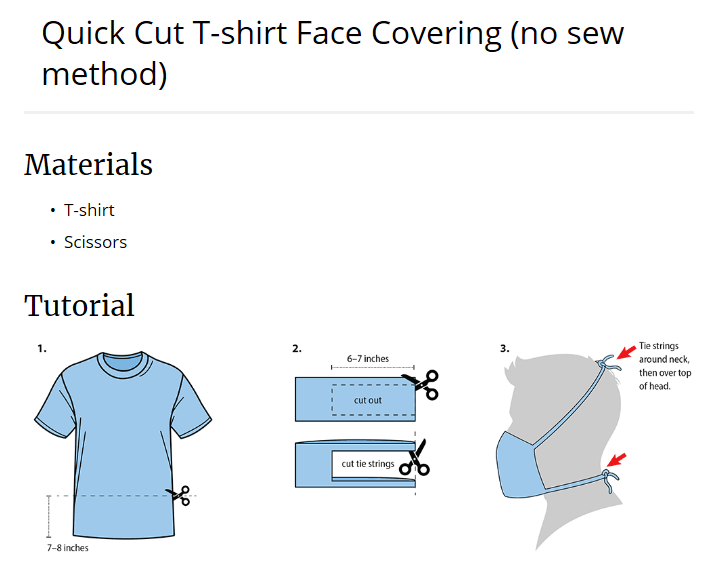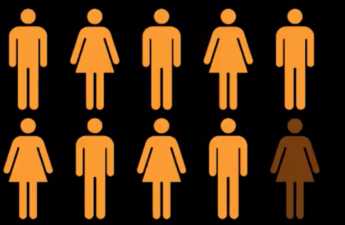Face covering directive goes into effect today: Prevent spreading COVID-19 when unable to maintain 6 feet of distance
Public Health – Seattle & King County

A health directive to wear face coverings in public goes into effect today. Wear a face covering at any indoor or outdoor public space where you may be within 6 feet of someone who does not live with you.
The directive to wear face coverings while in public goes into effect today, May 18, to help slow the spread of COVID-19. While facial coverings do not replace proper hygiene or physical distancing, a cloth face covering may help to protect others and slow community spread of COVID-19 by blocking infectious droplets from spreading when someone with the infection coughs, sneezes or speaks.
Wear a face covering when you are at any indoor or outdoor public space where you may be within 6 feet of someone who does not live with you.
Public Health strategies to slow the spread
King County has made progress to slow the spread of COVID-19, but most people do not have immunity to the disease and remain susceptible. As a community, we remain vulnerable to a surge of new cases that could make many more people ill.
The primary strategies to prevent COVD-19 transmission have been and continue to be avoiding people who are ill, physical distancing, good hand washing, and avoiding nonessential contact with others. As the state gradually begins to reopen, residents are more likely to come into contact with each other providing opportunities for COVID-19 spread.
The CDC recommends that in communities like King County, where there is significant community-based transmission, people should cover their noses and mouths with a cloth face covering. This will prevent people inadvertently spreading the COVID-19 virus while interacting with others outside their homes when they are unable to maintain 6 feet of distance.
Five things to know about wearing face coverings
1. To protect yourself, wear face coverings properly.
- Your face covering should fit snugly and cover your nose and mouth at all times.
- Always wash your hands with soap and water or use an alcohol-based hand sanitizer before you put on a face covering and after removing it.
- Use the loops or ties to remove your face covering. Be careful not to touch your eyes, nose, or mouth when removing it.
- Avoid touching the front of the face covering, especially when you take it off.

It’s recommended to have a face covering with you and ready to use when in public for times when maintaining physical distancing is not possible.
2. Washing hands and staying at least 6 feet away from others remain critical steps to help prevent coronavirus.
- Wash hands often with soap and water for at least 20 seconds. If not available, use hand sanitizer.
- Stay home as much as possible except for essential activities, such as grocery shopping or medical appointments.
- Avoid touching your eyes, nose, or mouth with unwashed hands.
- Avoid contact with people who are sick especially if you are 60 or over or have an underlying health condition, like heart disease, diabetes, lung disease or a weakened immune system.
3. Face coverings are not needed when you are:
- At home.
- In your car alone or if you’re only with members of your household.
- Outside walking, exercising, or otherwise outdoors if you are able to regularly stay 6 feet away from other people who do not live with you.
4. Keep in mind that some people are not required to wear face coverings.
We should avoid making assumptions about why someone is not wearing a face covering and make sure not to stigmatize or discriminate against people who are unable to wear a face covering. Some people who are not required to wear a face covering include children under 2 years of age; anyone with a disability that makes it difficult to easily wear or remove a face covering; certain scenarios that present communication challenges for someone who is deaf or hard of hearing; or someone who has been advised by a medical professional to not wear one.
5. Information on face coverings is available in multiple languages at Public Health’s face coverings webpage. Instructions and tips on how to make a face covering is on the Public Health Insider blog. Visit Frequently Asked Questions for more information on face coverings.

c


